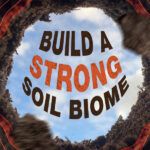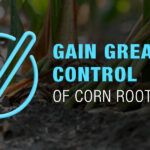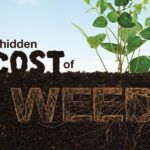Trait Introgression Helps Bring New Corn Technologies to Market Faster
In developing corn hybrids, Syngenta uses trait introgression to incorporate a desired trait into existing elite germplasm.

When developing corn hybrids that offer agronomic benefits — such as insect control, herbicide tolerance and water optimization — scientists employ a breeding technique called trait introgression. Syngenta uses trait introgression to incorporate a desired trait into existing elite germplasm — preserving the performance of the germplasm and adding the benefits of the introduced trait. The Syngenta Nampa Trait Conversion Accelerator in Nampa, Idaho, will provide the capabilities needed to optimize this crucial process.
“Trait introgression is a process where we take all the new inbreds through a process where we add our traits,” says Donna Delaney, Ph.D., North America trait introgression lead for Syngenta, who notes that inbreds are offspring that result from the breeding of closely related plants. “What comes out is essentially the same inbred that we started with, but it now has traits that will bring benefits to growers.”
Delaney says trait introgression is a multistep, multigenerational process. Corn breeders begin by matching each inbred to a donor line that has the desired traits.
“We then take it through a series of steps where we are crossing back to our target inbred, selecting for traits and using DNA markers to help us identify the plants that have the highest percentage of target inbred,” she says. “With each successive cross back to our target inbred, we get closer and closer to the original inbred. The last step is to self-pollinate the plants to make true breeding lines that are handed off for testing.”
Trait introgression is a process where we take all the new inbreds through a process where we add our traits. What comes out is essentially the same inbred that we started with, but it now has traits that will bring benefits to growers.
Quickening the Pace
Syngenta is constantly looking for ways to make the trait introgression process faster and more reliable. One way of doing this is by using marker-assisted selection.
“This is a selection process where corn breeders use a panel of DNA markers — approximately equally spaced across all the corn chromosomes — to identify plants in segregating populations that have the highest percentage of markers matching the target inbred,” Delaney says. “These selected plants are pollinated and taken forward to the next generation.”
Another way is harvesting at an immature stage to extract embryos. This process, called embryo rescue, is a series of in vitro techniques used to promote the development of an immature embryo into a viable plant.
“Embryo rescue saves us about 30 days per generation or five months total in the introgression process,” Delaney says. “It also provides flexibility in our timeline. This allows us to space out, or ‘workload level,’ the process to help make sure we can more quickly and reliably turn out new traited products to help our customers be more successful.”
2 Min Read
More Articles About Tech & Research
RECOMMENDED FOR YOU
2 Min Read























